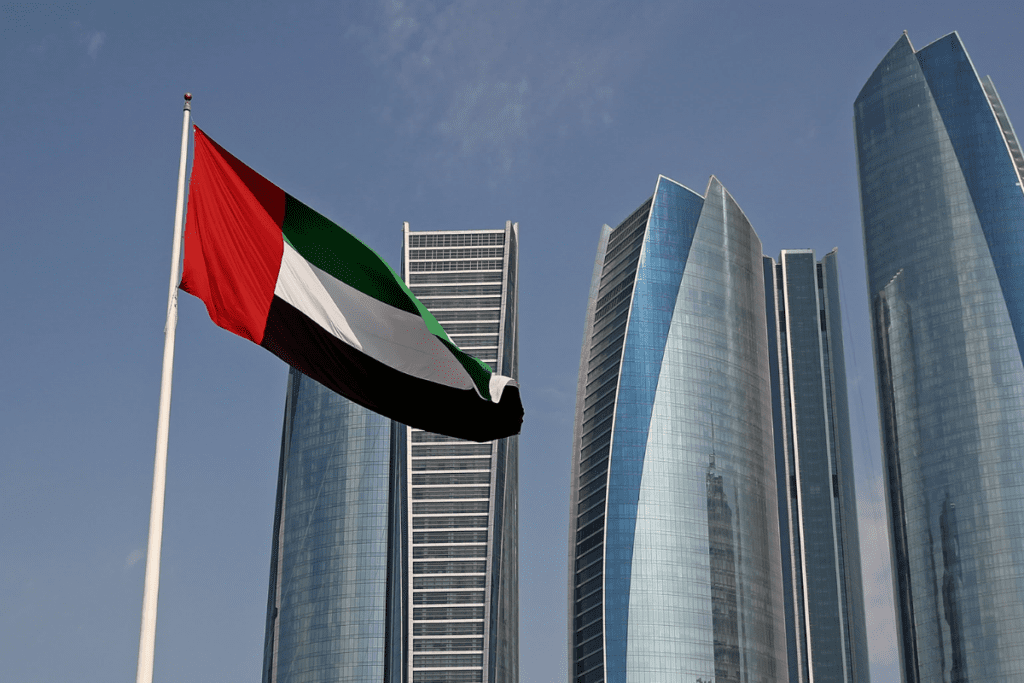UAE and other Gulf countries have created investment funds with the aim to invest petrodollars in diverse sectors.
The UAE sovereign wealth funds (SWFs) assets have exponentially grown in 2021, jumping by over 18 per cent or $250 billion (Dh917.5 billion), on the back of the gains in equity markets as well as recovery in oil prices after a tough previous year due to the outbreak of the Covid-19 pandemic.
According to Global SWF’s 2022 annual report “State-Owned Investors 3.0”, the UAE-based sovereign wealth funds’ fortunes jumped from $1.374 trillion (Dh5.04 trillion) in 2020 to $1.624 trillion (Dh5.9 trillion) at the end of 2021.
The UAE and other Gulf countries have created these investment funds to invest petrodollars in diverse sectors such as equities, bonds, commodities, real estate, automobiles, technology, pharmaceuticals and others to support local budgets.
Global crude prices have also recovered in 2021 after plunging massively in 2020 due to the pandemic, rising from $15.06 per barrel in April 2020 to $82 in October 2021 which helped boost the fortunes of the SWFs worldwide.
Abu Dhabi manages around $1.3 trillion through different SWFs, becoming the third-largest concentration of such funds after Beijing and Oslo.
Abu Dhabi Investment Authority (Adia) remains the largest SWF in the UAE with $829 billion assets under management (AuM) at the end of 2021 as compared to $726 billion in the previous year. Other major SWFs are Investment Corporation of Dubai ($302 billion), Mubadala ($243 billion), ADQ ($110 billion), Emirates Investment Authority ($86), Dubai Holding ($35 billion), Dubai World ($15 billion), RAK Economic Zone ($2 billion) and Sharjah Asset Management ($2 billion).
The study found that the Mena region has 26 SWFs with $3.45 trillion assets and 13 public pension funds with $664 billion assets.
Globally, the size of the global sovereign wealth fund industry increased six per cent year-on-year in 2021 and surpassed the $10 trillion mark for the first time in history, thanks to an increase in equities and recovery of oil prices and the establishment of new funds last year.
While public pension funds also accomplished a historical milestone growing past the $20 trillion and experiencing a higher year-on-year growth of 8.7 per cent, thanks to increased exposure to US stocks, and rising contributions from pensioners around the world.
“Sovereign wealth funds and public pension funds continue to operate cautiously. The heterogeneity of the industry was magnified by the pandemic as some funds were asked for capital or domestic bailouts, while others pursued opportunities overseas and greatly benefited from the stock rally,” said Diego López, founder and managing director of Global SWF.
The study expects sovereign wealth funds to grow from the current $10.5 trillion to $13.2 trillion by 2025, and $17.7 trillion by 2030. This will be growth in assets under management but also new funds that may arise out of excess or need of capital.
Public pension funds, on the other hand, will keep benefiting from consolidation and increasing contributions, and Global SWF expects them to grow from currently $21.4 trillion to $26.6 trillion by 2025, and to $36 trillion by 2030.
“We foresee that there will be at least 500 state-owned investors by 2030 and some of them, if established, may become very significant and can also contribute to the growth of the industry,” it said, adding that the assets under the management of state-owned investors are estimated to reach $53.7 trillion by 2030.
(Except for the headline, this story has not been edited by The Finance World staff and is published from a syndicated feed.)


